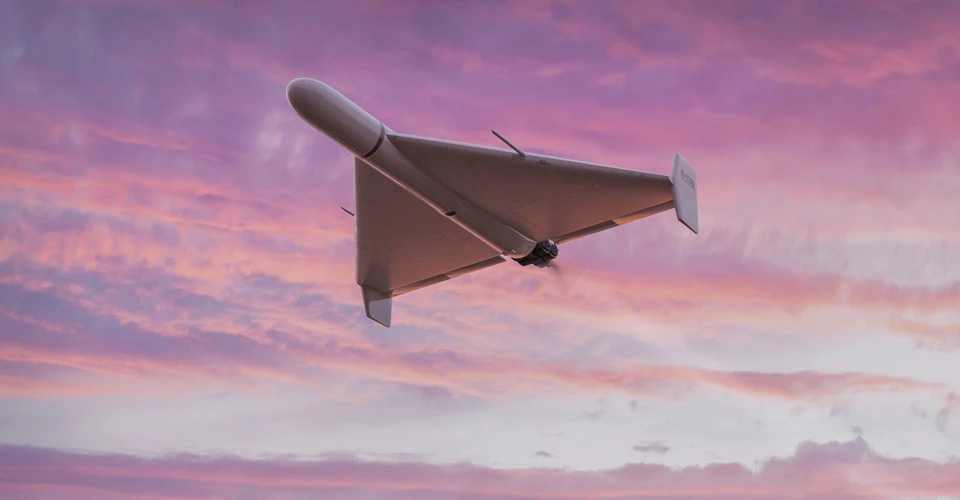
Russian Shahed drones enter Belarusian airspace for reason - military expert
Recently, Russian Shahed-136 'kamikaze' drones, manufactured in Iran, have been entering Belarusian airspace. At first glance, this might not seem surprising
Oleksandr Kovalenko, Ukrainian military expert and observer of the Information Resistance group, has analyzed the recent activity of Russian Shahed-136 drones in Belarusian airspace.
According to him, the presence of Russian Shahed-136 drones in Belarusian airspace is not surprising, as Russia has been actively using Belarusian airspace for strikes on Ukrainian territory since the beginning of the full-scale invasion in 2022. However, starting from the second half of 2022, the frequency of these airspace activities in Belarus decreased significantly and was reduced to a minimum throughout 2023 and 2024.
"On the other hand, Russia's use of Belarusian airspace for planning and conducting raids on Ukrainian territory appears quite rational. Firstly, it allows shortening routes in several directions. Secondly, it provides a safer passage through Belarus, minimizing the risks of being targeted and destroyed by Ukrainian air defenses. Why Belarusian airspace wasn't utilized for this purpose earlier remains a question," military expert said.
He noted that we cannot unequivocally state that Russia has resumed using Belarusian airspace.
As reported by Oleksandr Kovalenko, the first Shahed-136 entered Belarusian airspace on July 11 near Loyev, bordering the Chernihiv region of Ukraine. Initially, it appeared the kamikaze drone was attempting to use Belarusian airspace as a shortcut. However, an Mi-24 helicopter and a Su-30SM fighter jet were deployed to intercept the drone.
On July 13, the incident repeated itself. The Shahed-136 entered Belarusian airspace near Loyev in the Gomel region and headed towards Vitebsk. That night, Belarusian Mi-24 helicopters and Su-30 fighter jets were also put on alert.
On July 16, a Shahed-136 entered Belarusian airspace near the village of Belaya Soroka and exited near Komarin. However, just 4 hours later, another Shahed-136 entered Belarus near Narowlya and headed towards Vitebsk. Belarusian Mi-24 helicopters and Su-30 fighter jets were deployed to intercept the drone. The kamikaze drone crashed and detonated near the village of Lyuban.
Ukrainian military expert mentions that these incidents are indeed quite unusual.
"On one hand, in two instances, it's clear that the Shahed-136 used Belarusian airspace to shorten its flight path securely. However, in the other two cases, the kamikaze drones were clearly not heading towards Ukraine at all. Despite this, Belarusian aviation was on high alert in all cases, suggesting no prior warning from the Russian side about the Shahed-136's flights," he stated.
The repeated course of two 'kamikaze' drones towards Vitebsk could be attributed to technical or programming malfunctions in the Shahed-136. However, it occurred twice in such a short period, suggesting a critical flaw in the drone's internal software.
"Or, I dare to assume, considering the reaction of the Belarusian Air Force, that the Shahed-136 drones were unexpected guests in Belarusian airspace. Therefore, not only aviation, but also other systems such as electronic warfare (EW), might have been activated against them. It is quite possible that inexperienced Belarusian EW operators inadvertently disrupted the Shahed-136's intended course, causing a program malfunction that redirected them northwards towards Vitebsk.
There could be several interpretations of what happened, but one thing is clear: while the initial incursions of Shahed-136 into Belarusian airspace may have been planned, their subsequent actions were clearly unforeseen. Surely, Russia did not intend to provoke Lukashenko by sending 'kamikaze' drones towards Vitebsk. Or did it?," Oleksandr Kovalenko concluded.
- News












































